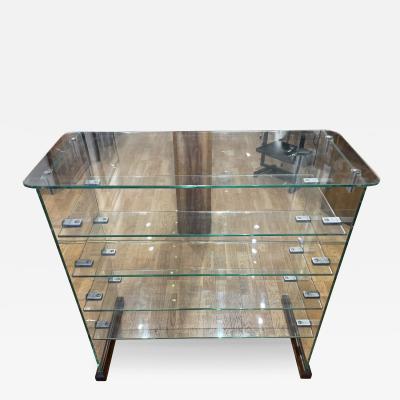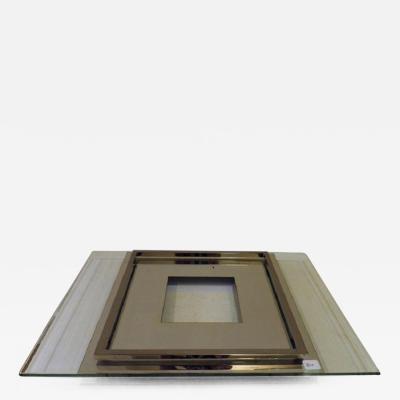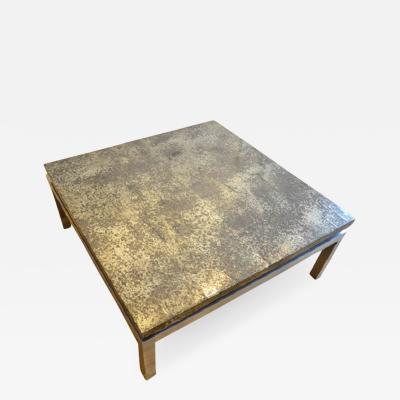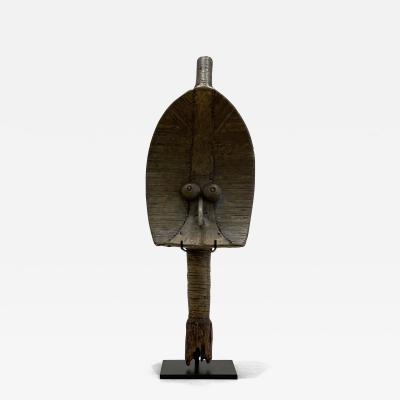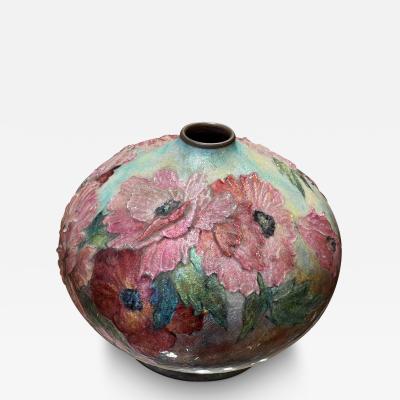Four Rams, Ntomo Mask, Mali, Wood and cowrie shells. Dimensions: 52 x 14.5 cm 20.48 x 5.51inches
The Ntomo mask is used in the initiation rituals of young men in populations across Western Africa. This type of mask is characterized by the presence of rams on the upper part, ranging from 3 to 8 rams.
The Bamana people reside in Mali, the north of Guinea, and the north of Ivory Coast, sharing a common way of life and a common language (Mandingo). The Bamana population has a long history, dating back to the Ghana Empire in the 3rd century and the Mali Empire in the 13th century. They are also known as the Bambara, a name given to them by Islamic merchants, meaning "unfaithful," as they did not adopt Islam.
The life of a Bamana man is highly structured. Indeed, for a young boy to transition into manhood, he must undergo an initiation ritual overseen by a society. This initiation society imparts secretive teachings to young boys aged 6 to 13. They learn about metaphysical matters, self-control, respect, humility, and the role of men in society. They are also taught survival skills such as hunting, fishing, agricultural labor, and giving alms. During the annual festival, young boys wear the Ntomo mask along with a whip and special clothing.
The initiation process is controlled by blacksmiths; only they can craft these masks. Wood is considered the bearer of "nyama," a dangerous energy that only blacksmiths can control through their knowledge. The creation of the mask is a sacred act and comes with many conditions. The blacksmith must communicate with a genie who will indicate which tree to cut and where. The blacksmith then leaves the village and observes abstinence. "Ntomo" means jujube, the tree on which sacrifices were offered. "Ntomadyri," the tree of Ntomo, is considered the ancestor of blacksmiths and the creator of the Ntomo society. It is said to be the first to sculpt a mask.
The mask resembles a stylized animal with rams and claws. The mouth is discreet, and the nose is prominent. The small mouth can symbolize control over speech and actions, as well as the keeping of secrets. In the oldest masks, there is no mouth. The number of rams is symbolic; it indicates the gender of the mask (not the wearer's gender). When there are 3 or 6 rams, it is a masculine mask; when there are 4 or 8, it is a feminine mask, and when there are 5 or 7, it is an androgynous mask. Our is a feminine mask. We have another Bamana mask; it has 7 rams


















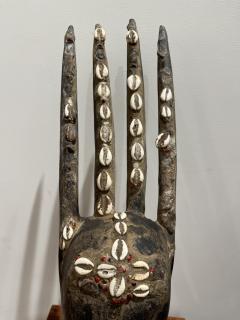
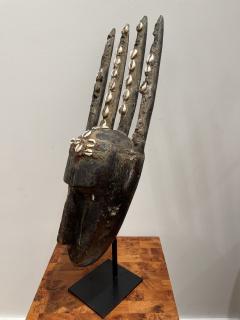
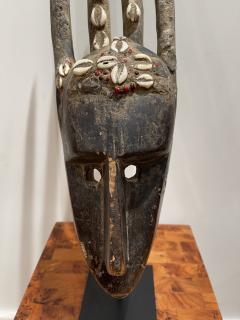
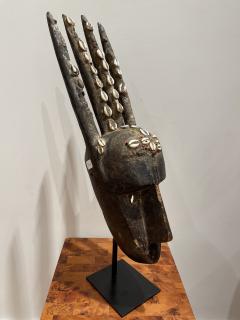
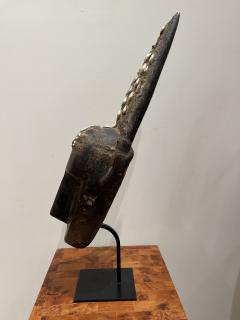
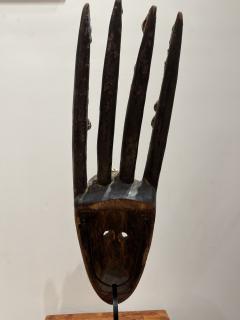
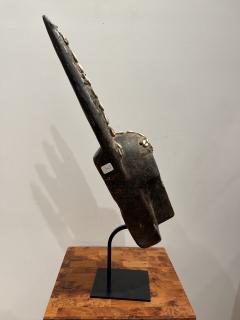

.jpg)

